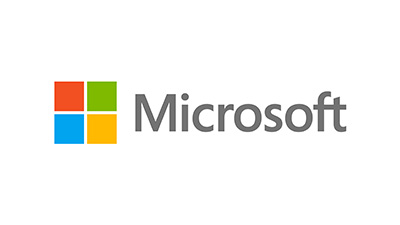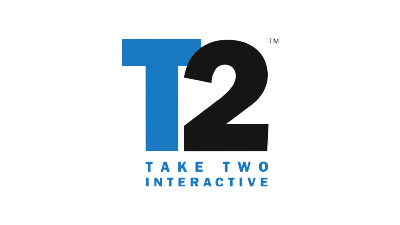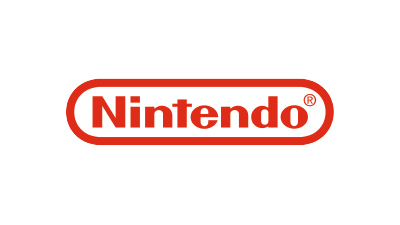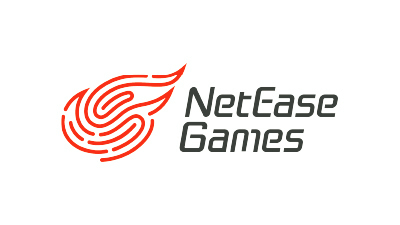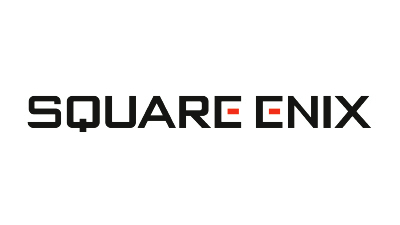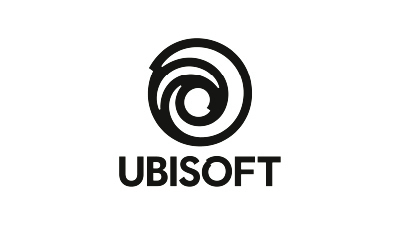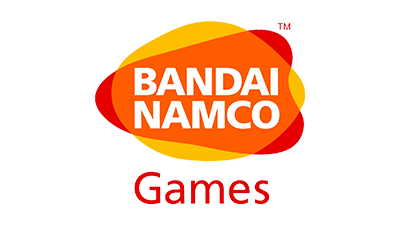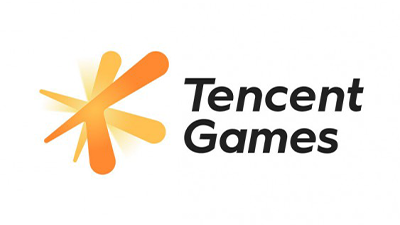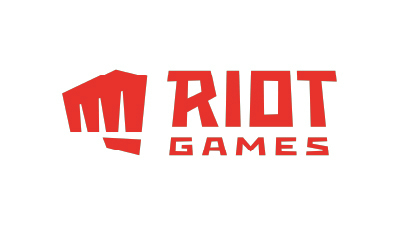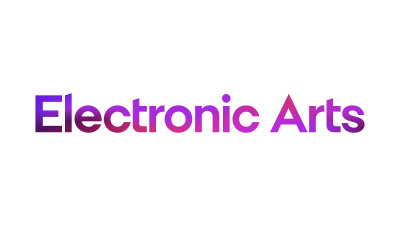Choosing Between EU and Latam Spanish for your Video Game

European Spanish and LatAm Spanish
In broad terms, the easiest way to categorise the different uses of the Spanish language is to divide it in two: European Spanish – also known as Spain’s Spanish, Castilian Spanish, or simply Spanish – and Latin American Spanish.
These two groups are so different that audiences from one region will mostly rather play a game unlocalised or not play it at all than read or listen to a product localised in another region’s variant.
Let’s take a deeper look into these variants:
European Spanish is the standard for all entertainment, advertising, and commercial audio in Spain.
The country has a long-standing tradition of audio localization, as all movies and books released in Spain have had to be localized by law for decades. The European Spanish option for audio is usually set by default in all platforms and expected by the audience.
Although different accents and languages exist in Spain, European Spanish is the accepted use of the language in media. Audio localization into the country’s other languages (Galician, Catalan, Basque) is rarely seen and mostly used for regional content.
European Spanish and Castilian are used in the entertainment industry as Castilian is the most dominant form in the country, the one taught to foreign students and is recognized as the standard in the country as opposed to Latin American Spanish.
Latin-American Spanish, also known as LATAM Spanish, is a standardised use of the language that serves as a middle-ground between the many dialects spoken across the Americas. The origin of this particular use, which is an artificial form not spoken anywhere except in entertainment, has its origins in Mexico where most audio and audiovisual production took place.
To reach everyone in the region, an international variant was shaped with the most widespread aspects of pronunciation, vocabulary, and grammar, free from nearly all local expressions so it could appeal to the entire market. After years of evolution and broadcasting, the audience has adapted and LATAM Spanish has now become the standard.
Tip: Sometimes, this type of Spanish is called “neutral” Spanish because of its intended purpose of being as neutral as possible for a large region. So keep this in mind when you come across this term.
Differences
Differences between these two variants are so pronounced that there can be misunderstandings between native Spanish speakers. A common word used in video games is “press”, as in to press a button. In Latin American Spanish, this would be translated as “oprimir” while that same verb in European Spanish would mean to oppress and instead “pulsar” would be used.
Of course, it goes much deeper than just vocabulary and one could quickly tell which variant is being used by reading a couple sentences of any localized text.
One of the main giveaways is the use of the formal or informal when referring to people.
In Latin American Spanish, when addressing a group of people, they would use the formal “ustedes” in almost every instance, whether it is talking to friends, family, or clients etc, while in European Spanish the informal “vosotros” would be preferred and “ustedes” would only be used in very formal scenarios.
Tip: If you want to know quickly if a text is EU or LATAM Spanish search for the word “vosotros”. If an informal “vosotros” shows up anywhere, it is a clear sign of European Spanish translation. Differences in formality use and their consequent changes in verb conjugation are just some examples of the many differences between the two.

The Correct Variant is Crucial
When aiming to localize your game into Spanish, bear in mind neither of the two versions will be accepted by the audiences outside their area. With audio, most would prefer the source language with subtitles than to experience a product in the incorrect variant for them.
In short, each market needs to have the product localized into its standard version of Spanish, or it can be counterproductive. There are a few well-known examples of this in recent years that are worth considering.
The decision to localize Master Chief Collection with LATAM voiceovers was so poorly received by the Spanish market that it was removed in an update and replaced by the original English voices with European Spanish subtitles.
Game genre shouldn’t play a role in the decision on which type of Spanish to choose. This means that RTSs, MOBAs, FPSs, etc. are all expected to be in the correct form. The only exceptions occur when the fiction allows it. For example, a game with a character coming from Spain talking European Spanish would be accepted in Latin America and vice versa.
Target Audience
We advise to choose your target audience according to market data available in your company. Localization into both is always preferred and thanks to our global footprint and studios in both regions, Keywords can synergise between the 2 variants, minimizing costs and saving management time. If you choose just one, be certain your localization will only reach one side of the Atlantic.
If you still want to focus on just one of the two regions, here are the main points of call:
- LatAm Spanish: reaches a larger population in the Americas (~250M). A single localization project can impact more than 20 countries. The need for localized content by audiences varies enormously from one country to other, ones being more used to English audio content, with localized audio as a nice-to-have, and others being an absolute must.
- Castilian Spanish: reaches a smaller population in Europe (47M). Castilian localized audio is expected for all major releases and its exclusion can make products seem less immersive. GDP per-capita is significantly higher in Spain, and the local video games market size is also significantly larger..
The Power of Partnership: Our Clients

